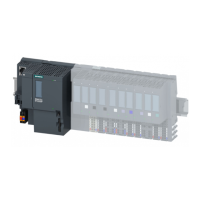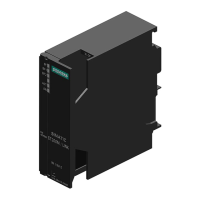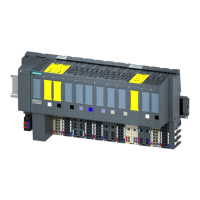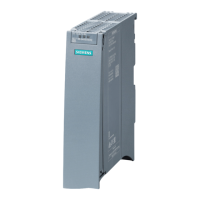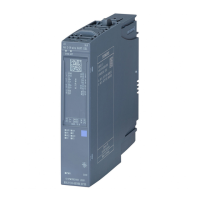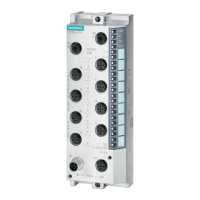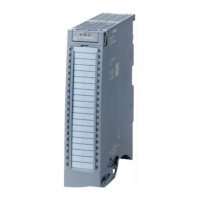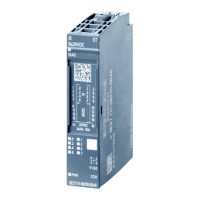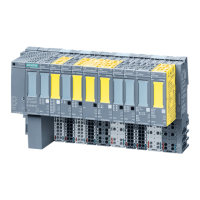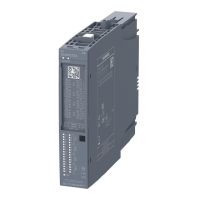Test functions and troubleshooting
10.1 Test functions
CPU 1516pro-2 PN (6ES7516-2PN00-0AB0)
108 Operating Instructions, 09/2016, A5E35873416-AA
Testing with a force table
The following functions are available in the force table:
● Monitoring of tags
You can use force tables to have the current values of the individual tags of a user
program or CPU displayed on the programming device or PC and on the Web server.
You can monitor the table with or without trigger condition.
You can monitor the following tags:
– Bit memory
– Contents of data blocks
– Peripheral inputs
● Modifying tags
Use this function to assign fixed values to the individual tags of a user program or CPU
on the PG/PC. Modifying is also possible with Test with program status.
The following tags are modifiable:
– Bit memory
– Contents of data blocks
– Peripheral inputs (e.g. %I0.0:P)
● Forcing of peripheral inputs and peripheral outputs
You can force individual peripheral inputs or peripheral outputs.
– Peripheral inputs: Forcing of peripheral inputs (for example %I0.0:P) is a "bypassing"
of sensors / inputs by the specification of fixed values to the program. The program
receives the force value instead of the actual input value (via process image or via
direct access).
– Peripheral outputs: Forcing of peripheral outputs (for example %Q0.0:P) is a
"bypassing" of the complete program by the specification of fixed values to the
actuators.
One advantage of the force table is that you can simulate different test environments and
overwrite tags in the CPU with a permanent value. This enables you to intervene in the
ongoing process for regulating purposes.
Difference between modifying and forcing
The fundamental difference between the modifying and forcing functions consists in the
storage behavior:
● Modifying: Modifying of tags is an online function and is not stored in the CPU. You can
end modifying of tags in the watch table or force table or by terminating the online
connection.
● Forcing: A force job is written to the SIMATIC memory card and is retained after a
POWER OFF. You can only end the forcing of peripheral inputs and peripheral outputs in
the force table.
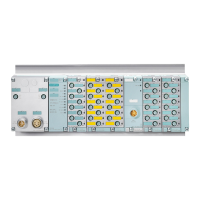
